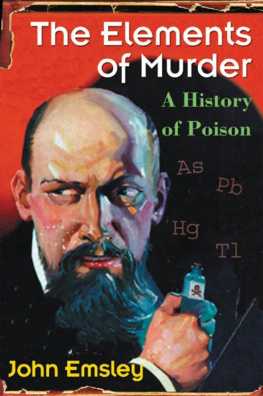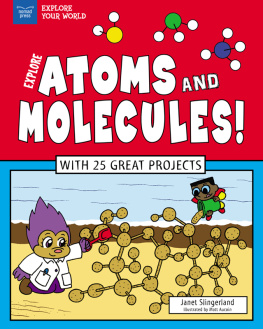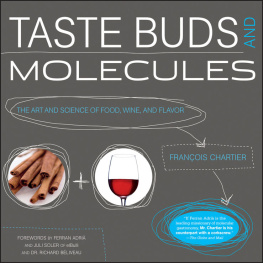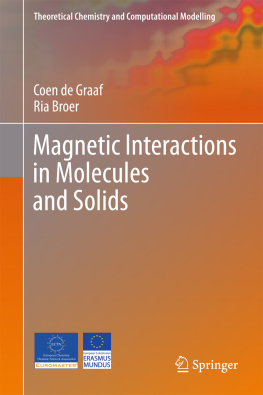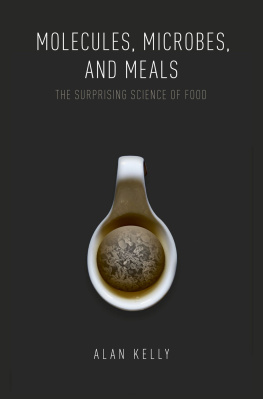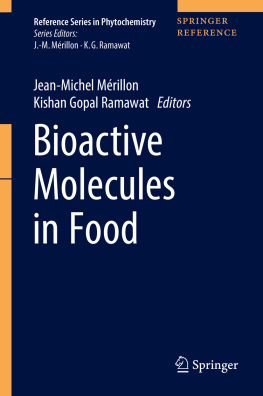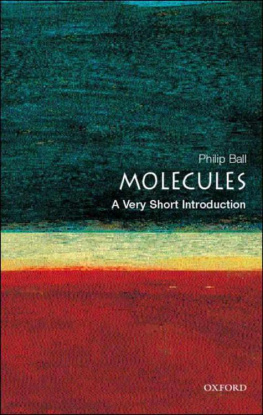Preface
The crime of murder by deliberate poisoning has always held a terrible fascination, not least because of the secrecy surrounding its planning and the difficulty inherent in its detection. In Molecules of Murder I have viewed a range of examples of such crimes, not through the eyes of the criminal, the detective, nor even the victim, but from the point of view of the forensic scientist, and with special focus on the toxic agents involved. We will be looking at ten poisons used in famous murders, five of which were natural chemicals (Part I) and five of them produced by humans (Part II). Each chapter starts with a discussion of the poison itself and ends with a detailed examination of one or more murders in which it has been used.
Popular science may have its following, but true crime has an even greater appeal. Molecules of Murder is intended for both groups of reader. I hope that those who like true crime will enjoy reading about murder by poisoning from a slightly different angle. I also hope that those who are interested in science and its role in lifeand of course deathwill find the toxicology interesting, as well as the murder cases in which it has played a key part.
The book is dedicated to those unsung heroes, the analytical chemists, the men and women who are able to find the proverbial needle in the haystack, and who indeed can sometimes find it in a haystack the size of the Great Pyramid. Nowhere are their skills more valuable to society than in solving crime, and while murder by poison may be relatively rare, they are the ones who can supply the vital answers. They play a key role in the complex struggle against all kinds of substance abuse, and they now have their own International Association of Forensic Toxicologists, founded in London in 1963.
This book is about a few highly dangerous chemicals. Sadly, some people think that all chemicals are dangerous. Their judgement is of course coloured by the way the word chemical is now used by many to imply something intrinsically harmful. Also misguided are those who consider there is a distinction to be made between natural and man-made chemicals. They assume that natural means safe, and man-made means hazardous. This group of people may find that the first part of this book comes as a surprise. If you are such a person, please keep an open mind. I hope you will soon realise that across the spectrum of toxic chemicals, those which Nature produces can be at least as deadly as any devised by humans.
That people are increasingly interested in science is shown by the popularity of articles, books and television programmes on subjects as diverse as astronomy and zoology. For some reason chemistry still features less than most scientific topics in terms of popular appeal, but its forensic role has given it a higher profile in recent years. Even so, those programmes which embrace forensic science usually emphasise the work of pathologists and rarely provide details of forensic chemistry. Naturally a scene set in a chemical laboratory will always be less dramatic than one with naked bodies and dissected cadavers. When the story is told in a book, however, the lurid fascination of the mortuary is no longer present and the chemical laboratory takes centre stage.
I hope Molecules of Murder will make you want to learn more about the area of science I find most fascinating. People and their darker doings are always going to be more interesting than chemists in white coats. However, by bringing the two together I hope I can both inform and entertain, and encourage some appreciation of the roles of pharmaceutical, forensic and research chemists. Maybe if you are young it might even encourage you to join our ranks.
Whether we are aware of it or not, chemistry touches virtually every aspect of our lives. More than any other science it has transformed the world in which we live, bringing us abundant food, better health, stronger materials, softer fabrics, brighter colours, cleaner homes, safer transport, greater energy efficiency, and more advanced plastics. But chemistry also has its darker side, and that has been in discovering and developing substances which are potentially harmful. Toxicology is the science which studies all such materials, which only become a threat to humans when they are misused.
Nowadays it is almost impossible for the ordinary person to obtain toxic chemicalsand it is almost impossible for a poisoner to escape detection when they are used. The result has been to make murder by poison, so beloved of the mystery writers of old, a rare event in real life.i Poison is the weapon chosen by those who wish to kill but do so in such a way that the victim is unaware of it, and who want the death to be assumed natural. When such murderers achieve their aim they may secretly celebrate. But when they fail, and they are brought to trial and found guilty, then we can all celebrate. However, as this book shows, some poisoners are never found, and others are found and then found not guilty, which makes re-analysing these cases all the more fascinating.
Finally, a warning to readers who are of a very serious frame of mind. I do on occasions make asides that you might find rather too jocular for a book about poisons. Let me apologise in advance for these remarks, but I am of the opinion that what humans do is to a certain extent for the amusement of the gods and believe we should view it accordingly.
i For example, in 1989 there were 19 000 murders in the USA of which fewer than 30 were caused by poison, although no doubt there are a number which remain undetected.


